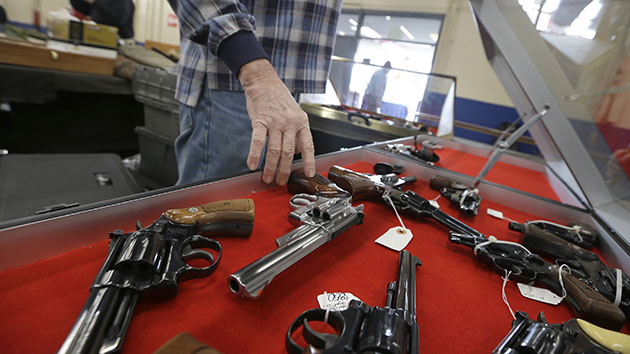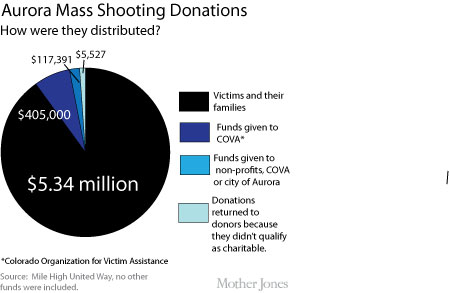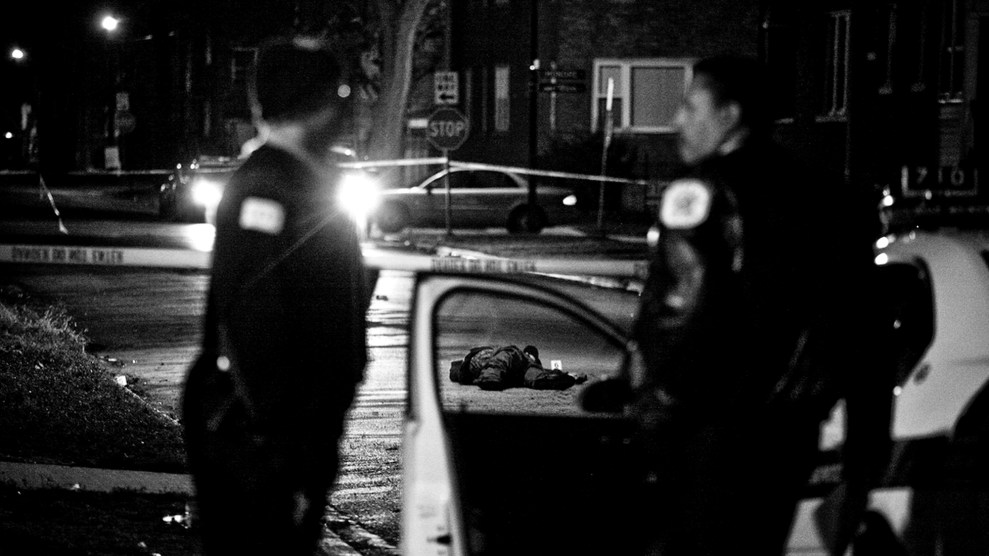
<a href="http://www.shutterstock.com/pic-210918028/stock-photo-black-automatic-pistol-set-against-us-flag.html?src=pp-same_artist-124919357-84vM-NX8a8afcQzUEMNWZw-7">a katz</a>/Shutterstock
Nearly one-third of the world’s mass shootings have occurred in the United States, a new study finds. Adam Lankford, an associate professor of criminal justice at the University of Alabama, has released the first quantitative analysis of public mass shootings around the world between 1966 through 2012. Unsurprisingly, the United States came out on top—essentially in a league of its own.
Over those five decades, the United States had 90 public mass shootings, defined as shootings that killed four or more victims. Of the 170 other countries examined in the study, only four even made it to double-digits: The Philippines had 18 public mass shootings, followed by Russia with 15, Yemen with 11, and France with 10.
Mass shooters in the United States stood out from those in other countries in a few ways. Compared with attackers abroad, Americans were more than three times as likely to use multiple weapons, and they tended to target schools, factories, and office buildings. (Shooters in other countries were more likely to strike at military bases and checkpoints.) But shootings in the United States often killed fewer people than attacks overseas: On average, 6.9 victims died in each mass shooting incident on American soil, compared with 8.8 victims for each shooting in other countries. That may be because American police officers have been trained to respond more quickly to these situations and are often heavily armed, Lankford suggests.
The study drew largely on data from the New York City Police Department and the FBI. It did not consider gang-related or drive-by shootings, as well as hostage-taking incidents, robberies, and shootings in domestic settings.
Lankford suggests America’s high rate of public mass shootings is connected with the number of guns circulating in the country. “A nation’s civilian firearm ownership rate is the strongest predictor of its number of public mass shooters,” he explained in a statement, noting that the United States, Yemen, Switzerland, Finland, and Serbia, which are among the top 15 countries for mass shooters per capita, also rank in the top five countries for firearms per capita, according to the 2007 Small Arms Survey.
But the number of guns in circulation might be less important than ease of access to them. As my colleague Mark Follman has reported, most mass shooters in the United States obtained their weapons legally.
For more of Mother Jones’ reporting on guns in America, see all of our latest coverage here, and our award-winning special reports.












